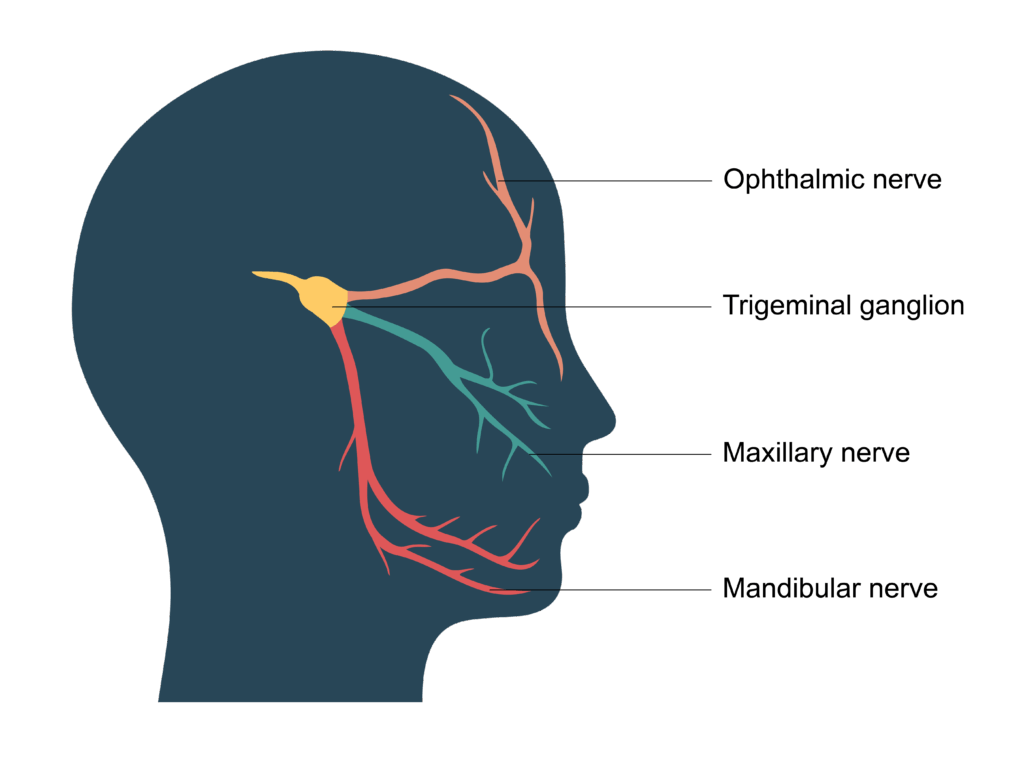Trigeminal neuralgia affects about 4 to 29 people per 100,000 yearly worldwide, mostly women aged 50-60. It causes intense facial nerve pain that is often misdiagnosed, delaying treatment. Early awareness helps prevent long-term suffering and improves care. Salman Khan’s 7.5-year silent fight shows the pain’s impact and the resilience needed to manage this rare condition successfully.
What Is Trigeminal Neuralgia?
Trigeminal Neuralgia is a severe condition affecting the trigeminal nerve, which controls sensation in the face. It causes sudden, stabbing pain that feels like electric shocks on one side of the face.

The pain can flare up unexpectedly, lasting seconds to minutes, and then recur multiple times. Though rare, this condition is considered one of the most intense facial nerve pain disorders and can deeply impact quality of life.
Causes of Trigeminal Neuralgia
This painful nerve disorder develops when natural processes or medical conditions disturb the normal functioning of the trigeminal nerve controlling facial sensations.
- Blood vessel compression around the trigeminal nerve disrupts signals and sparks abnormal, severe pain.
- Age-related nerve changes increase susceptibility and worsen symptoms over time.
- Conditions like multiple sclerosis may damage nerve coverings, raising the risk.
- Past facial trauma can trigger nerve injury and lingering irritation.
Symptoms to Watch Out For
The condition reveals itself through sudden, sharp episodes of unbearable facial nerve pain often mistaken for dental or sinus problems.
- Intense, electric shock-like pain strikes one side of the face suddenly.
- Pain is often triggered by chewing, brushing, speaking, or slight touch.
- Attacks last seconds to minutes but recur several times daily.
- Episodes may appear without warning, heavily disrupting normal routines.
Precautions and Management Tips
Managing this condition requires lifestyle awareness, supportive care, and timely medical treatment to reduce recurrence and improve the quality of daily life.
- Avoid common triggers such as stress, fatigue, and certain facial movements.
- Seek medical consultation for proper diagnosis and effective medications.
- Surgical treatments may be needed in severe or resistant cases.
- Lifestyle changes with relaxation and careful eating habits ease discomfort.
How Salman Khan Coped With Trigeminal Neuralgia?
Instant Bollywood reported that Salman Khan spoke candidly about his 7.5-year struggle with Trigeminal Neuralgia. Recalling the experience on a show, he revealed, “When I had Trigeminal Neuralgia, that pain used to be… You would not want your biggest enemy to have that pain. And I had it for seven and a half years.” He explained how meals took hours to finish, as even an omelette was a challenge.
Painkillers could not ease his struggle, yet his commitment to films remained intact. Finally, an eight-hour surgery brought relief. Salman Khan, coping with Trigeminal Neuralgia, reflects strength, discipline, and the importance of timely treatment for facial nerve pain. His resilience showed that the condition, though painful, can be managed with the right medical approach.
Facial nerve pain can be relentless, but expert care and timely treatment make it manageable. Salman Khan, coping with Trigeminal Neuralgia, proves resilience can conquer even the most invisible battles.


